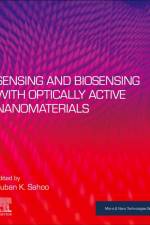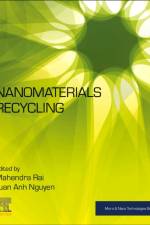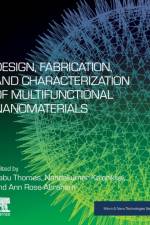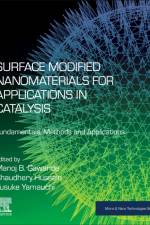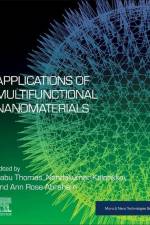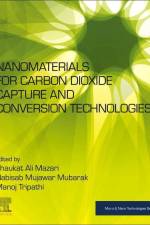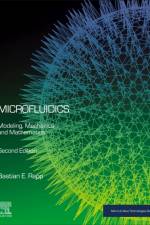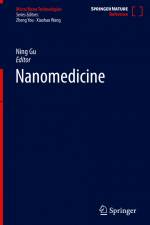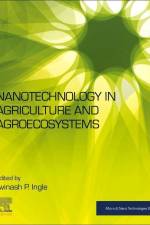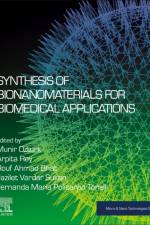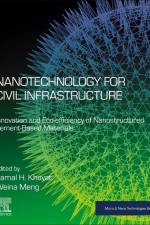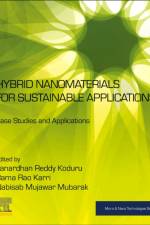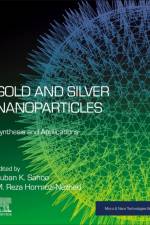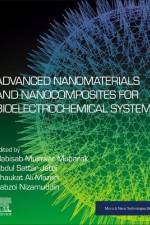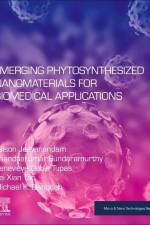av Nisar Ali
3 625
Smart Polymer Nanocomposites: Design, Synthesis, Functionalization, Properties, and Applications brings together the latest research on synthetic methods and surface functionalization of polymers and polymer composites for advanced applications. Sections cover the basic principles of advanced polymer nanocomposites, including morphology, materials, characterization, and copolymerization, provide in-depth coverage of synthetic methods, facilitating the preparation of polymeric nanoparticles with the required properties, examine the morphologies of polymer nanocomposites and stimuli-responsive surfaces, and focus on cutting-edge approaches to tailoring polymeric nanocomposites according to the requirements. The book's final chapters focus on smart polymer nanocomposites for specific advanced applications, including high-temperature environments, bone tissue regeneration, biomedicine, wastewater treatment, dielectric and energy storage, chiral separation, food packaging, sensing, and drug delivery. This is a valuable resource for researchers and advanced students in polymer science, composite science, nanotechnology, and materials science, as well as those approaching the area from a range of other disciplines, including industry R&D.

